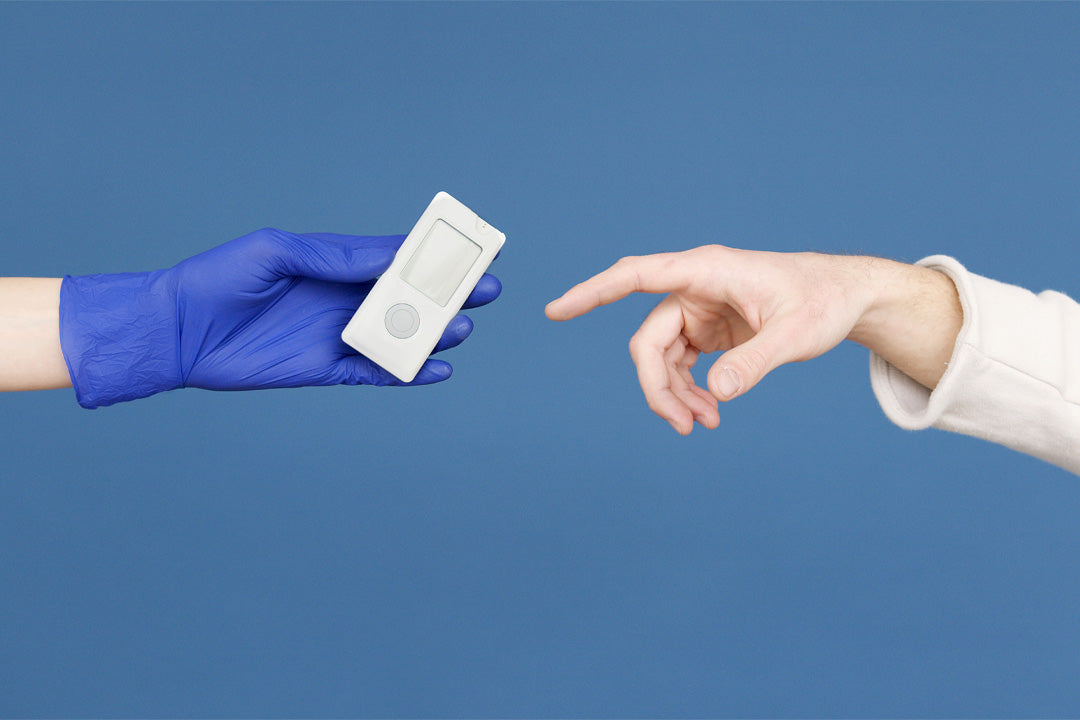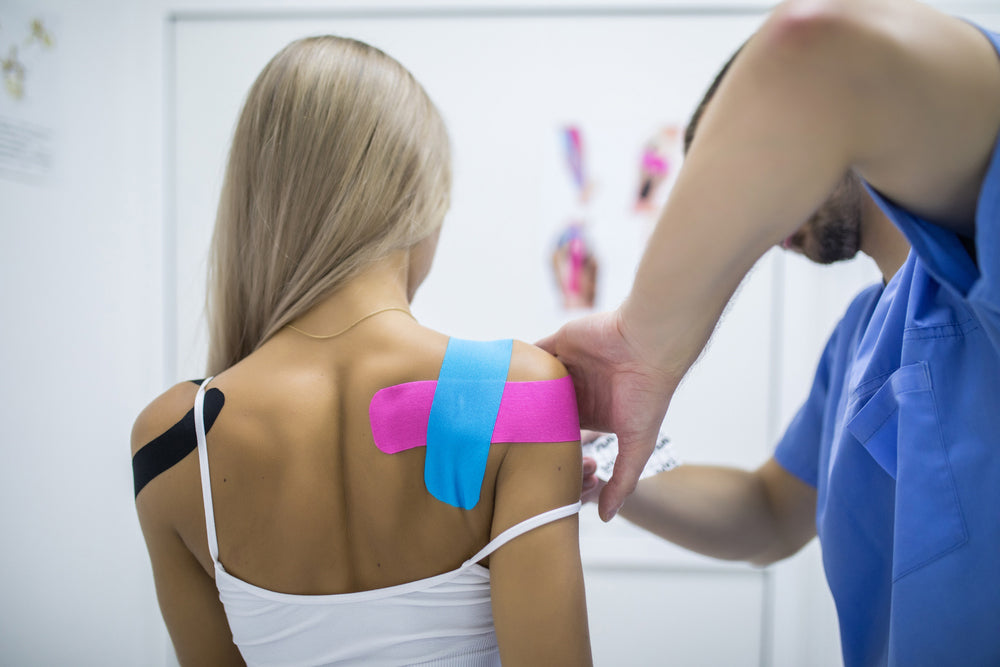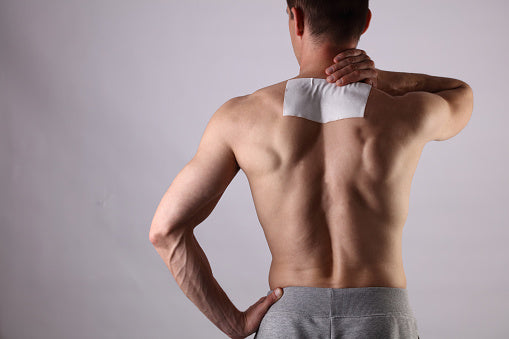Understanding Continuous Glucose Monitoring Sensors

There are over 25 million Americans who have diabetes. In the past, most have relied on a fingerstick blood glucose monitor to help manage their blood sugar levels. Now, with the recent FDA approval of Continuous Glucose Monitoring (CGM) devices, many diabetes patients have a welcome alternative to the time-consuming pain of fingerstick blood draws. CGM devices work by placing a small sensor just under the skin that measures the wearer’s glucose levels 24-hours a day. A transmitter that is attached to the sensor and the transmitter sends the results to a wearable device or cell phone. Today over 2 million American diabetics have embraced this new technology, with more using it every day.
Why Continuous Glucose Monitoring Devices Can Be Helpful
Tracking blood glucose levels tells a person how much insulin is in their body. Blood sugar levels that go up and down a lot, can damage your body in different ways. Very high (hyperglycemia) or low (hypoglycemia) blood sugar levels can be serious when not treated quickly.
Many things (like the foods eaten, sports played and lifestyle) can affect blood sugar levels. But diabetes affects everyone differently. How a food or activity affects one person’s glucose levels is often different from how that same thing affects someone else.
Continuous glucose monitoring (CGM) devices help you manage Type 1 or Type 2 diabetes with fewer finger stick tests.
How Continuous Glucose Monitoring Devices Work
There are several CGM devices available today, with the two leading devices being the Dexcom and FreeStyle Libre. Each works pretty much the same way. The main differences are in a device’s look, feel and features.
Overview of how CGM work:
- Using a simple applicator the user places a small sensor just under their skin, usually on the belly or arm. Adhesive tape holds the sensor in place.
- The sensor measures glucose levels in the fluid under your skin. Most CGM devices take readings every five minutes for 24-hours a day. Wearers need to change the sensor regularly based on the device. For most devices, sensors are changed at home, every 7 to 14 days.
- All CGM systems use a transmitter to wirelessly send the glucose data from the sensor to a device where the user can view it. For some CGM systems, the transmitter is reusable and attaches to each new sensor. For other CGM systems, the transmitter is part of the disposable sensor.
- Depending on the CGM system, glucose data is sent to either a handheld device called a receiver, an app on your smartphone or an insulin pump.
- The user can download CGM data (real-time glucose levels, trends and history) to a computer anytime. Some CGM systems send data continuously. Information can also be shared with a healthcare provider.
How to Remove A Continuous Glucose Monitor Sensor
CGMs are designed to be water resistant, meaning you can swim or shower with them on. The sensors are held in place with adhesive. For some users who are active, perspiration can occasionally make the adhesive come loose. For those who want to make sure their sensors stay put, there are adhesive strips/patches that fit over the sensors without obstructing them, that help keep the sensors in place. The problem is that both the sensor adhesives and the adhesive patches can make taking off the sensor (every 7 to 14 days) painful. One, all-natural solution that helps sensor users eliminate the pain, is Sting-Less Adhesive Remover. Users, simply spray Sting-Less Adhesive Remover on the sensor bandage and/or patch covering the sensor, then pull up the edge of the adhesive and peel away from the skin. A bit more Sting-Less Adhesive Remover can be sprayed on the skin to remove any adhesive residue. Because Sting-Less Adhesive Remover is not greasy, it allows users to reapply a new sensor to the same general area without worrying about it keeping the adhesive from sticking. Because Sting-Less Adhesive Remover is made from plant and citrus essence and does not contain alcohol, it does not dry out the skin or contribute to skin irritation.
What are the advantages of using CGM to manage diabetes?
Using a CGM device can make it easier to manage Type 1 or Type 2 diabetes. Some people use CGM for a week to understand their blood sugar patterns. Most users employ the CGM device long-term. Some of the advantages include:
- Because a CGM measures glucose levels every few minutes the data it provides offers a more complete picture of how blood sugar levels change over time. This information can help the patient and their doctor understand how things like food, activity, stress and illness impact their blood sugar levels.
- A caregiver can download CGM data from the device and review it for patterns and trends. They can then personalize care based on what they learn.
- A CGM can send an alert when glucose levels rise or fall a certain amount. With this information, diabetics can make changes quickly. Users may be able to treat or prevent highs or lows before they turn into a significant problem.
• Using a CGM reduces how many fingerstick checks a diabetic needs to do (a type 1 diabetic may normally take blood up to 10 times a day, and a type 2 diabetic taking insulin, may do several finger sticks everyday). While fingersticks are greatly reduced using a CGM, they may still occasionally be necessary. A fingerstick measures the glucose levels in your blood, so they provide the best picture of what your glucose level is at the precise moment you take it. CGM measures glucose under your skin, which shows where your glucose levels were five to 10 minutes ago. Doing a fingerstick check, can also provide important information to help protect a patient’s health and also act as a backup tool to confirm CGM results.
CGMs For Use By Athletes
While the vast majority of people using CGMs are doing so to help manage diabetes, some people are starting to see CGMs as a way to help with diet and exercise, or monitor patterns in their overall health and fitness. Some athletes are using them as a way to maintain higher performance levels. Some companies like Levels and Signos have created apps geared to these earlier adaptors, who want to use wearable monitors to enhance their health and performance.
So whether someone is using a CGM device for diabetes management or fitness performance enhancement, it makes sense to take the pain out of the gain, by using Sting-Less Adhesive Remover every time a sensor needs replacing.





Leave a comment